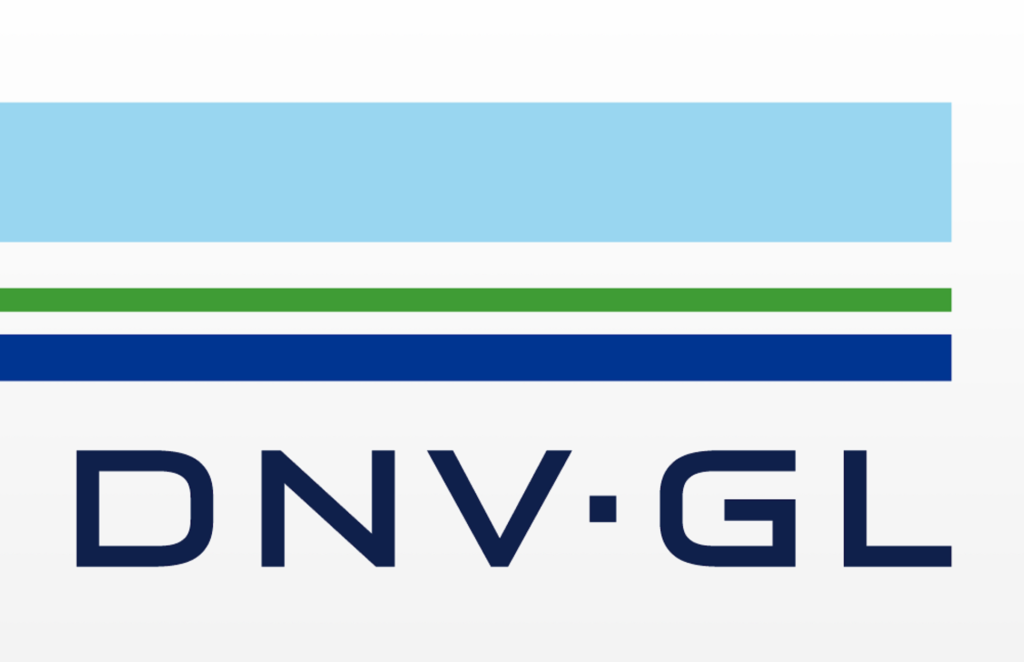
DNV report says, Digitalization will drive solar success
DNV released the first part of the “More than the sun: A solar report series,” a group of comprehensive reports about the outlook for solar energy and how digitalization will boost the value of electricity generated by PV plants and drive the success of solar PV for the next 30 years.
“Solar PV investors and operators can use the ‘More than the sun’ series as a roadmap for their revenue future,” said Richard S. Barnes, DNV’s Executive Vice President and Region Manager, Energy Systems North America. “The report series will enable project owners to identify areas where digitalization can help their solar PV projects move to rising levels of efficiency and profitability in a dynamic market, accelerating decarbonization of the energy industry.”
By 2050, solar power will produce a third of electric energy, as projected in DNV’s 2020 Energy Transition Outlook. This remarkable growth will be due in part to continued decline in PV technology costs and favorable levelized cost of electricity (LCOE) rates. Still, solar investors and operators face challenges to revenues in the future, as markets place lower value on the power produced by this variable renewable and substantial increases in solar generation result in price cannibalization. These trends will accelerate in the next decade.
“Digitalization across PV assets and processes will not only lower costs but also raise the overall value of solar generation in the market,” said report author Dana Olson, DNV’s Global Solar Segment Leader. “It will provide the necessary insights and integration that solar projects will need to operate lucratively in an increasingly competitive environment.”
On the capital expenditure level, advanced analytics and machine learning will lower construction, development, and asset deployment costs, especially regarding such systems as modules, trackers, and inverters. On the operational side, digital tools will streamline and continuously improve how power is generated and delivered. Automated inspection, vegetation management, and the processing of thermal imaging will inform preventative and predictive maintenance programs, further optimizing and lowering the cost of operations and maintenance activities.
As digitalization helps integrate energy storage and communicate instantaneously with the grid about supply, demand, and power support services, electricity can be dispatched beyond sunset, and solar PV generators will be able to command higher prices in auctions and purchased power agreements.
The series highlights not only the areas in the solar PV plant where digitalization offers the greatest benefit, but also the ways it can help modernize markets. In addition, readers will find case studies of two of the largest and most advanced solar and hybrid PV plants in the world—Noor Abu Dhabi in the United Arab Emirates and Gemini Solar Project in Nevada, in the U.S.
Information Source: Read Full Release ..–>
Press release by:



